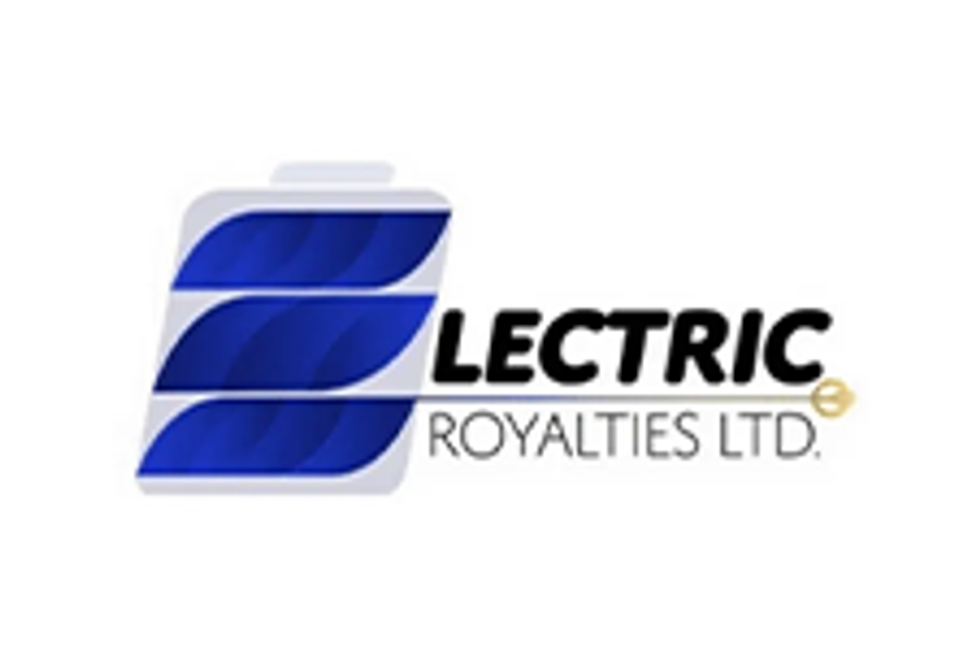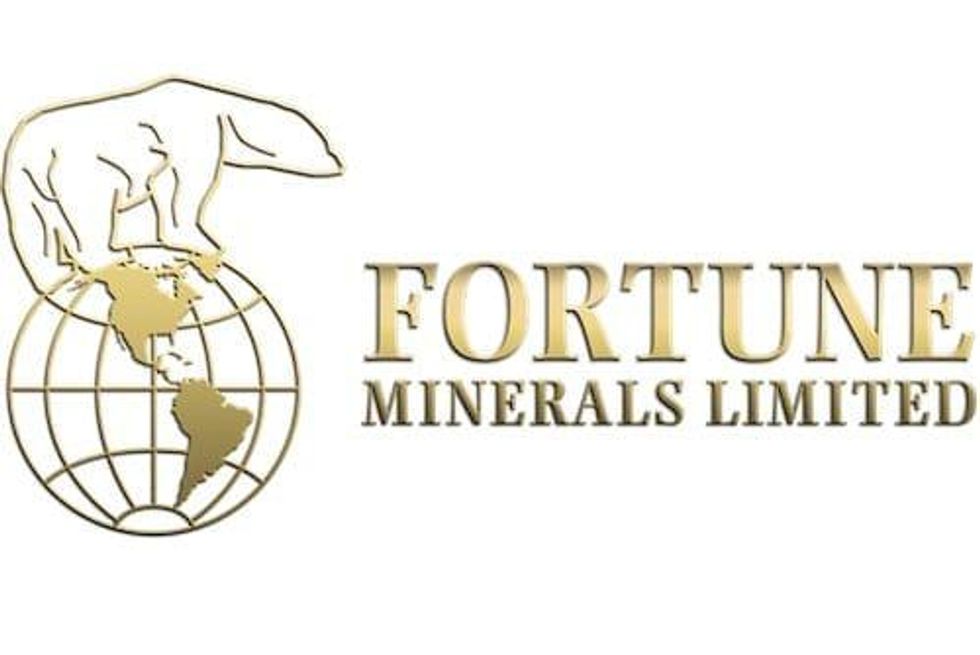
What happened to cobalt in Q3 2020? Our cobalt market update outlines key market developments and explores what could happen moving forward.
Click here to read the latest cobalt market update.
The cobalt supply chain faced challenges during the first half of 2020 as the coronavirus pandemic hit markets around the world.
The third quarter saw the lithium-ion battery and its raw materials take the spotlight after Tesla’s (NASDAQ:TSLA) Battery Day, and despite the company’s efforts to eliminate cobalt, many still believe the battery metal will be needed for some time to come.
Read on to learn what happened in the cobalt market in Q3, including the main supply and demand dynamics and what market participants are expecting for the rest of the year.
Cobalt market update: Price performance
The third quarter of the year was a period of surprises, Benchmark Mineral Intelligence Head of Price Assessments Caspar Rawles told the Investing News Network.
Delays in shipments from South African ports and an increased demand for cobalt hydroxide in China boosted prices for cobalt.
“In August, we caught the tail end of the impacts of the closures in South Africa linked to COVID-19,” he said. “This led to rising prices, which bled into August and saw tightness around cobalt hydroxide feedstock, which subsequently pushed up prices for refined products.”
Benchmark Mineral Intelligence’s Cobalt Price Assessment shows that average domestic prices for cobalt sulfate in China were up by 18.5 percent during that month.
This was then followed by a period of relatively limited activity in late August moving into September, when the Chinese State Reserve Bureau (SRB) moved to secure cobalt metal as part of a strategic stockpiling effort for the critical metal, Rawles explained.
“Whilst it hasn’t been officially confirmed, it is widely believed that this was in the order of 2.2 thousand tonnes of cobalt metal,” he said. Yet despite the size of the purchase, prices didn’t react.
“The rumor of the purchase had been circulating for much of 2020 and it had largely been expected by the market. On top of this, industrial demand for metal continues at low levels due to the impact of the pandemic, so in reality the SRB purchase just stabilized prices at a time of low demand, creating a price floor,” Rawles explained.
Cobalt market update: Supply and demand
Aside from the move from China’s SRB, during the third quarter all eyes were on Tesla’s long-awaited Battery Day, which promised to put the spotlight on the lithium-ion battery supply chain.
At the event, CEO Elon Musk promised battery improvements geared at reducing costs per KWh, increasing range and lowering investment per GWh, all aimed at making electric vehicles (EVs) affordable.
It came as no surprise that his quest to eliminate cobalt continues — Musk said his company is working on cathode chemistries that have zero cobalt, but challenges remain ahead.
Tesla is not the only company trying to eliminate cobalt from cathodes. Firms from CATL (SZSE:300750) to SVOLT are also on the same path, and experts agree there are reasons to do so.
Ying Lu of Roskill sees plenty of incentives for Tesla to engineer cobalt out of its batteries. Those include the geographically limited nature of cobalt supply, along with ESG and cost concerns.
“So it is not surprising to see that Tesla has announced the plan to produce a novel high-nickel cathode captively without cobalt, although no clear timeline has been announced at Battery Day,” she said.
Roskill believes the shift towards less cobalt in EV batteries is set to continue in the coming years; however, at least in the short to medium term, the firm also believes that it will remain technically challenging to eliminate cobalt from mainstream chemistries such as NCM and nickel-cobalt-aluminum.
Weighing in on Tesla’s zero cobalt goal, Wood Mackenzie’s Gavin Montgomery said Tesla’s recent cobalt supply deals demonstrate quite clearly that the EV maker will need cobalt for some time to come, and thrifting cobalt from cells remains challenging. Earlier this year, Tesla signed a deal with top cobalt producer Glencore (LSE:GLEN,OTC Pink:GLCNF) for supply of the raw material.
“The only location they can secure sufficiently large volumes is from the Democratic Republic of Congo,” he added. “Tesla is just the latest in a series of high-profile players in the lithium-ion value chain to sign deals for cobalt supply with Glencore.”
Umicore (OTC Pink:UMICF,EBR:UMI), Samsung (KRX:006400), GEM (SZSE:002340) and SK Innovation (KRX:096770) have also signed deals with Glencore. Rawles added that Tesla has confirmed it will be increasing battery supply from its cell partners, including Panasonic (TSE:6752), LG Chem (OTC Pink:LGCLF,KRX:003550) and CATL — and potentially adding more.
“These cells are likely to continue to use cobalt-containing cathode, so Tesla will continue to need to secure cobalt for some time to come,” he said. “Ultimately the undersupply we are expecting in the cobalt market outweighs any potential change in Tesla demand.”
Rokill’s Lu agreed, saying that despite the expected decrease in intensity of use of cobalt per unit, the uptake of EVs will still be beneficial overall for cobalt demand in automotive applications.
“In addition, the rollout of 5G technology would create more growth potential for cobalt in portable electronics and energy storage systems sectors going forward,” she added.
Business intelligence company CRU Group expects cobalt demand for portable devices to rise to 73,000 tonnes by 2025 from 45,000 tonnes this year.
“Down the road we are likely to see some aggressive bidding for cobalt from EVs and mobile phones, where there isn’t really a chemistry that can compete with LCO,” CRU’s George Heppel told Reuters.
Cobalt market update: What’s ahead?
As the last quarter of the year begins, investors interested in cobalt should pay attention to a few catalysts that could impact the space.
According to Rawles, the market may see a period of relative price stability for the next few weeks as negotiations for 2021 supply contracts continue.
“We have seen some marginal increases in cobalt prices so far in October, but due to the Golden Week celebrations at the start of the month so far it’s been fairly quiet,” he said. “But I think activity is likely to pick up towards the end of the quarter where it is likely price could rise.”
In terms of demand, Rawles said the outlook for 2021 is particularly strong with surging demand for EVs from China and Europe in recent months. That’s against a backdrop of high demand from the portable electronics industry driven by buying of laptops and tablets as people increasingly work from home.
“If both these trends continue, the market is likely going to tighten moving into the new year,” he added.
Alongside the usual demand indicators linked to end markets, in the final quarter of the year cobalt prices and market trends could be impacted by the outcome of the contract negotiations, Rawles said.
“Once volumes get close to being finalized it will become evident how much spare material there is in the market — which could lead to moves in pricing,” he said, adding that this is something Benchmark Mineral Intelligence monitors closely and tracks in its price assessments.
Don’t forget to follow us @INN_Resource for real-time news updates!
Securities Disclosure: I, Priscila Barrera, hold no direct investment interest in any company mentioned in this article.
Editorial Disclosure: The Investing News Network does not guarantee the accuracy or thoroughness of the information reported in the interviews it conducts. The opinions expressed in these interviews do not reflect the opinions of the Investing News Network and do not constitute investment advice. All readers are encouraged to perform their own due diligence.


